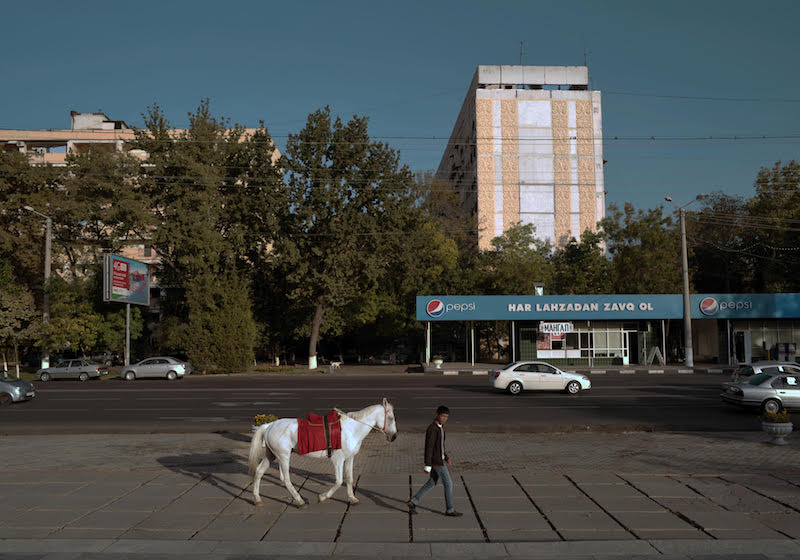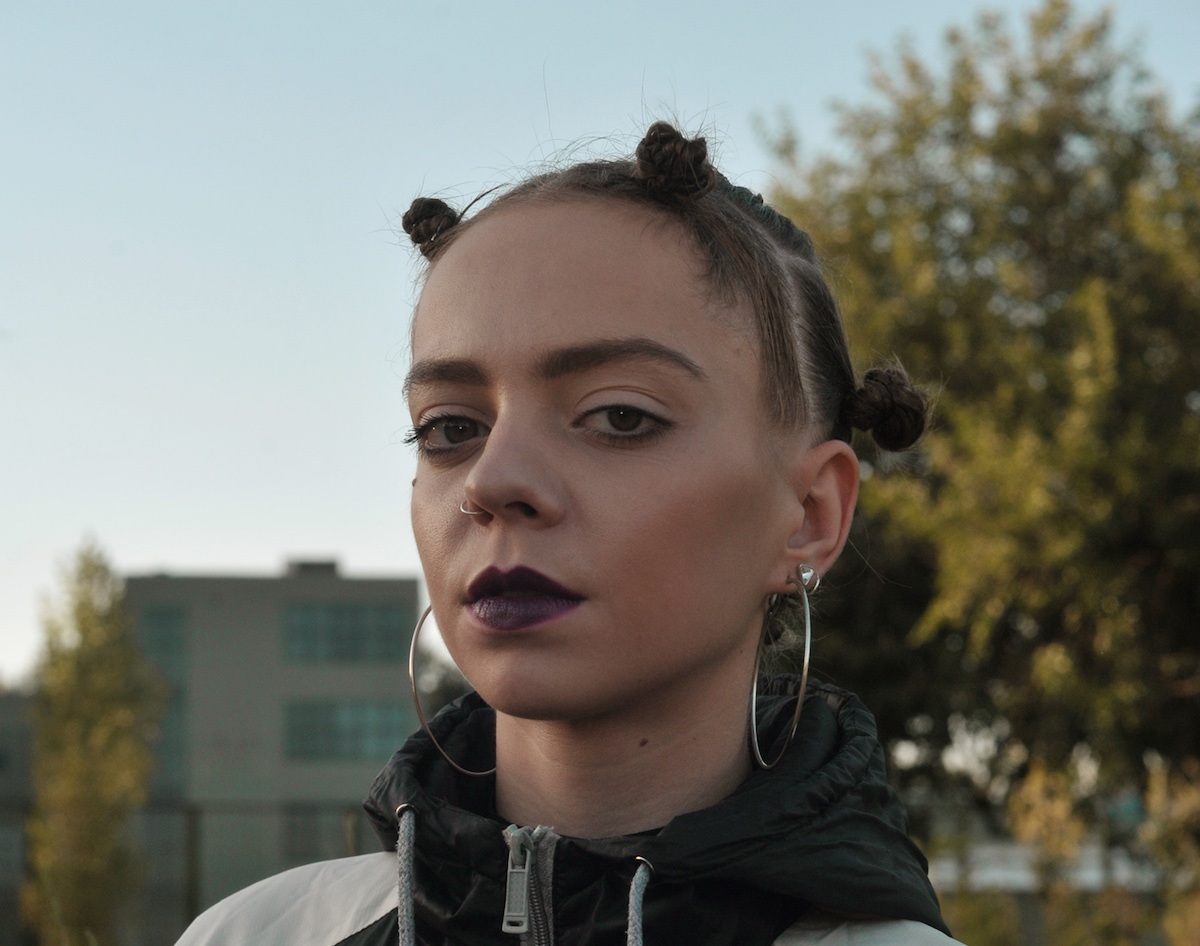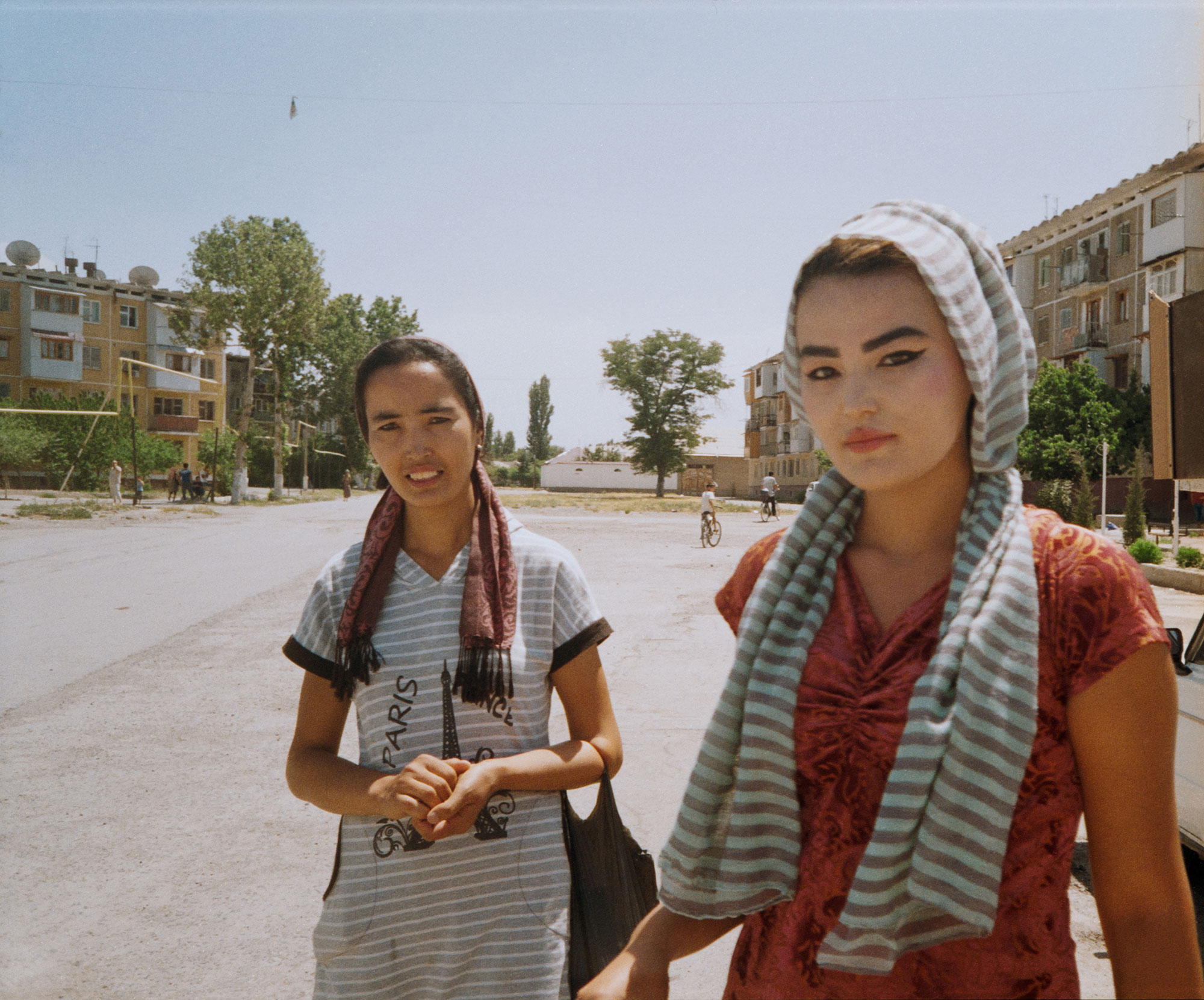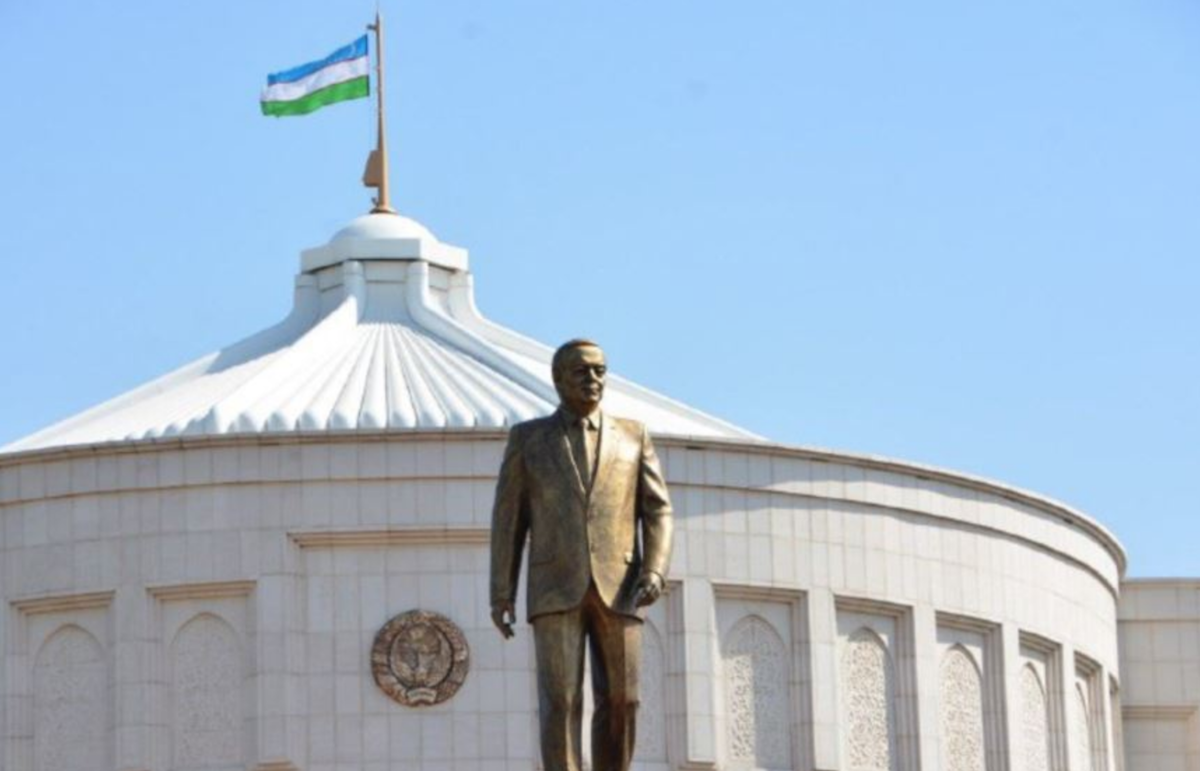5 minute guide to Tashkent: Central Asian delicacies, modernist marvels, and a metro to die for

The best way to get around the city is: Attempting to get around Tashkent in a car will give you a new understanding of the notions of privacy and comfort. There might be no Uber in Uzbekistan, but local drivers have taken the concept of carpooling to a whole new level. Give it a go and you’ll soon find yourself pulling up to your hotel with four people squeezed into the same backseat and a melon balanced on top of your head — all for the ridiculous price of less than two dollars. Don’t worry, though: we can vouch for the fact that this is as safe as it is fun.
The best building in the city is probably: The Hotel Uzbekistan is a beautiful example of Soviet Modernism, reminiscent of two iconic Moscow buildings — the Cosmos Hotel at VDNKH, and the “book” skyscrapers on Novy Arbat. The Uzbekistan was built in 1974 and is a lot more modest than its Russian counterparts, but is still a landmark site. Locals affectionately call it “Uzbechka”, meaning “Uzbek girl”.
Must-try local delicacy: Without a shadow of a doubt, this has to be plov: a Central Asian mix of rice, vegetables, and meat. Ingredients vary depending on the region, and the Tashkent speciality containing lamb, yellow carrot, nuts, and raisins can be found at any chaikhana (tea house) across the city. Locals usually eat plov at lunchtime when it’s fresh and hot; chaikhanas serving plov for dinner are in a rare and suspicious minority.
The must-have Instagram snap is: Tashkent’s metro network, opened in 1977, is one of the former Soviet Union’s most stunning — but until June last year, photography was forbidden in its stations for “security” reasons. Now that you’ll no longer raise any eyebrows for whipping out your camera, make the most of the exquisite ceramics, mosaics, chandeliers, sculptures, and vernacular influences of this underground palace of the people. The metro was “decommunised” following the fall of the USSR, but the city’s socialist heritage shines through.
If you buy one souvenir, let it be: Uzbek porcelain. You will be sure to come across the distinctive decoration known as pakhta: a traditional pattern featuring white flowers of cotton against a deep blue background. Practically every meal or drink in Tashkent comes served in pakhta plates or piyalas — small ceramic bowls used to drink tea.
If you’re on a budget stay at: Topchan Hostel, a cozy hostel with a backpacker vibe and a neat interior designed to western standards. It is located near the Green Bazaar and is a 10-minute car ride from the main tourist attractions, as well as being pretty close to the airport.


